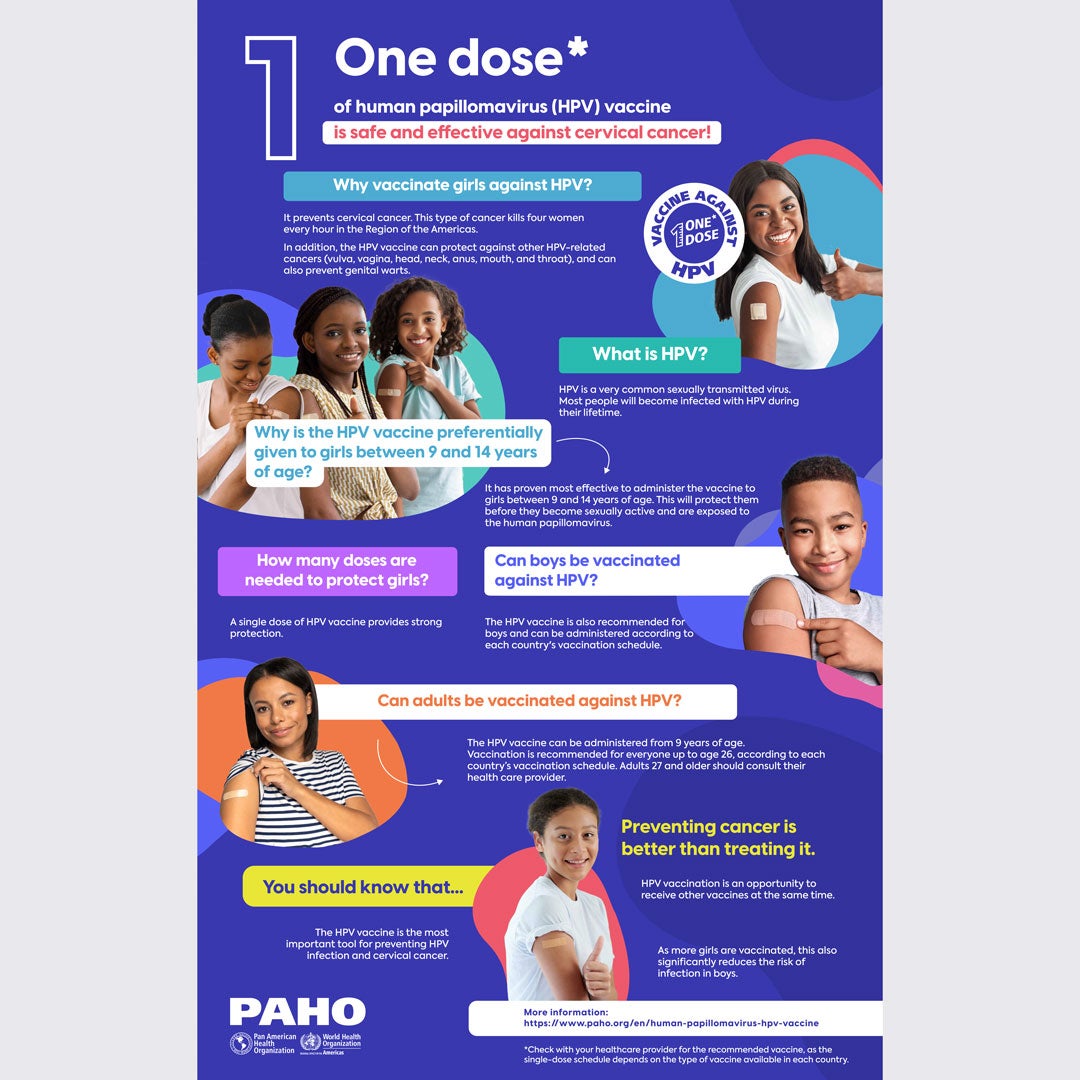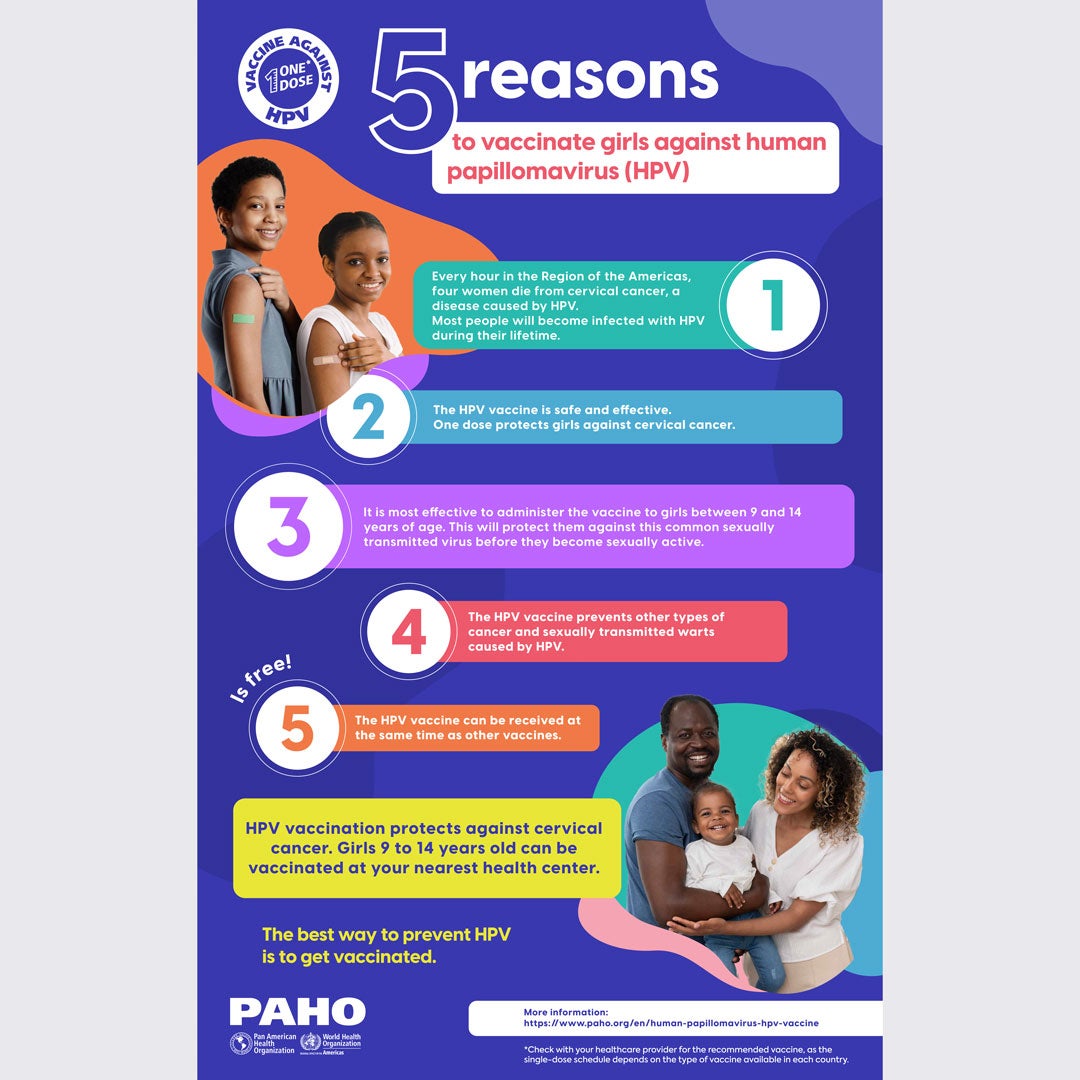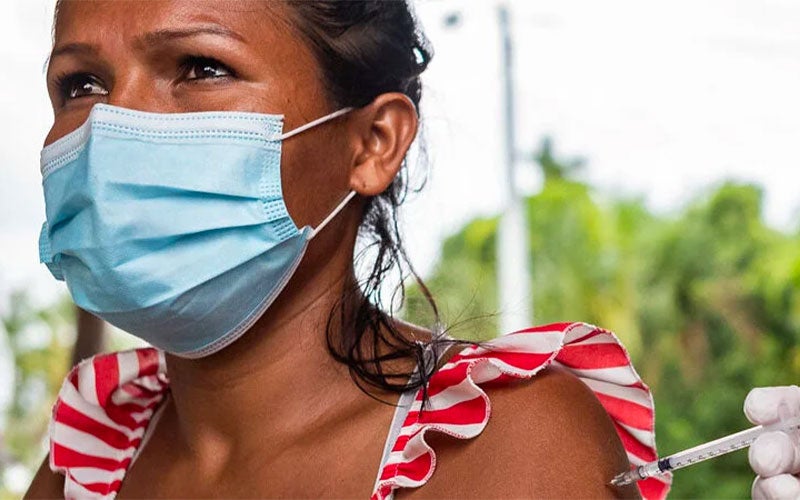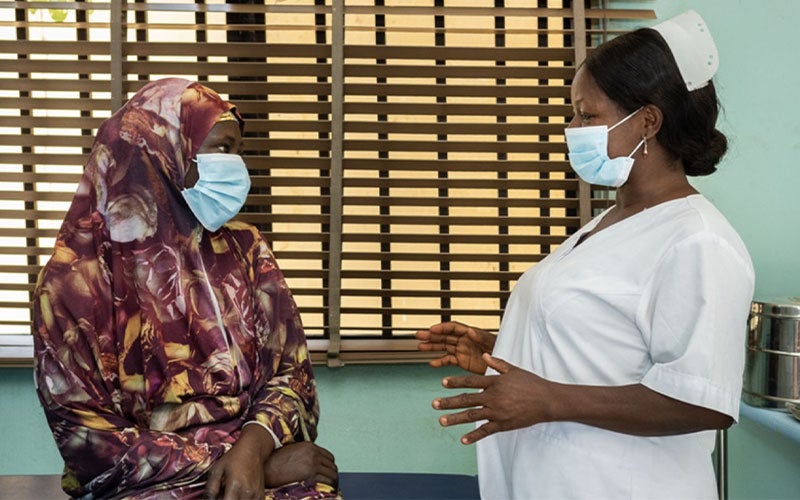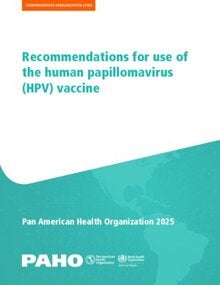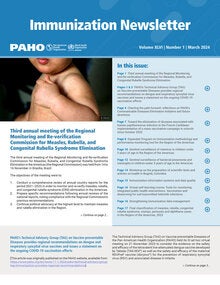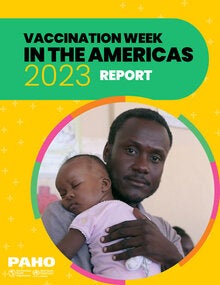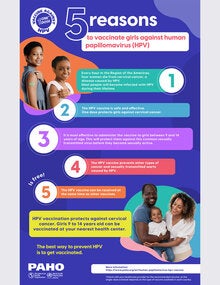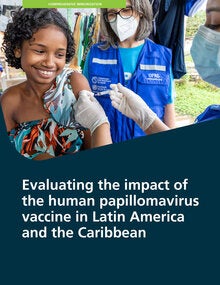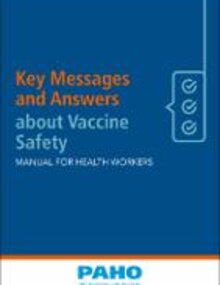Human Papillomavirus (HPV) Vaccine
What is the human papillomavirus?
Human papillomavirus (HPV) is the name given to a group of more than 200 related viruses.
What types of HPV are there and what do they cause?
There are two groups of sexually transmitted HPV: low-risk and high-risk.
The HPVs that cause cancer or may cause cancer are called high-risk and include HPV16, 18, 31, 33, 35, 39, 45, 51, 52, 56, 58, and 59.
Cervical cancer is the most common type of cancer caused by HPV. HPV16 and HPV18 are responsible for 70% of cervical cancer cases worldwide. If HPV31, 33, 45, 52, and 58 are also considered, these seven types are responsible for 90% of cervical cancer cases.
Low-risk HPVs include HPV6 and HPV11, which cause 90% of anogenital warts.
Women can be infected with more than one type of HPV at the same time. HPV infections that persist can progress to precancerous lesions and cervical cancer.
It is spread through skin-to-skin contact; however, it can also be transmitted through vaginal, anal, or oral sex with a person who has the virus. HPV infection of the anogenital tract is the most common sexually transmitted infection (STI) worldwide.
Using a condom throughout sex helps prevent HPV infection but doesn't offer total protection because it doesn't cover all the genital skin.
HPV is resistant to desiccation and disinfectants and can survive for a long time on the surface of objects. Therefore, it can be transmitted by infected objects or materials. It can also be transmitted by direct contact with wounds and abrasions and, in rare cases, from mother to child during childbirth.
HPV is present in all climates and in all seasons of the year.
Nearly all sexually active people will be infected at some point in their lives. The first infection usually occurs soon after becoming sexually active.
Anyone can become infected, regardless of sex, gender identity, or sexual orientation. It can also be transmitted in monogamous relationships.
People who are immunocompromised, including those infected with the human immunodeficiency virus (HIV), are more likely to have persistent infections that rapidly progress to cancer.
Most people will not have any symptoms from an HPV infection. The immune system usually clears HPV from the body within a year or two.
However, some HPVs cause different types of lesions in men and women, ranging from warts on the anus and genitals, to cervical, anal, vulvar, vaginal, mouth/throat, and penile cancers.
The best way to prevent HPV infection, as well as the complications and the cancers it causes, is to get vaccinated, preferably before having sex for the first time, so that the vaccine ensures protection prior to contact with the virus. The vaccination goal in the Region of the Americas is to achieve 95% coverage.
Cervical cancer can be largely prevented through a combination of two preventive strategies: HPV vaccination (primary prevention) and cervical cancer screening (secondary prevention).
To prevent cervical cancer, the World Health Organization (WHO) recommends that women be screened with a high-precision test at least once at age 35 and again at age 45. These tests can detect early, precancerous changes in the cervix that can be treated to prevent cervical cancer from developing.
The HPV vaccine can be given from 9 years of age and vaccination is recommended for everyone up to age 26, depending on the vaccination schedule in each country. Adults 27 and older should consult their health care provider for this vaccine and follow local guidelines.
Countries should ensure that all girls between the ages of 9 and 14 receive at least one dose of the HPV vaccine.
The WHO Strategic Advisory Group of Experts (SAGE) on immunization recommends the possibility of receiving a single dose as an optional schedule in its position paper from December 2022; in turn, the PAHO Technical Advisory Group (TAG) on Vaccine-Preventable Diseases (May 2023), recommends countries to ensure that all girls aged 9-14 years receive at least one HPV vaccine dose.
Immunocompromised persons, including those with HIV, should receive three doses if possible, and if not, at least two (at an interval of 6 months). The ministries of health in each country decide (with support from the National Immunization Technical Advisory Group [NITAG]) which vaccination policies should be followed at the population level in their respective countries.
Getting the HPV vaccine between the ages of 9 and 14 has been shown to be most effective at protecting girls' health, before they become sexually active and encounter the virus.
High coverage in girls (>80%) significantly reduces the risk of infection in boys.
The HPV vaccine is also recommended for boys and can be administered according to the vaccination schedule in each country.
It is unclear whether natural immunity develops after the first HPV infection. There is evidence that infection with a given type of HPV may provide some protection for that specific type, but not for different types.
Therefore, HPV vaccination provides immunity and is a critical tool for cancer prevention. The serological response after HPV vaccination is much stronger than the response after natural infection, providing people with strong, long-term immune protection against HPV.
Impact of HPV
Cancer is the second leading cause of death among adults in most countries in the Americas. In women, cervical cancer is the leading cause of cancer death in six countries and the second leading cause of cancer death in 14 others. Each year, 72 719 new cases of cervical cancer are diagnosed, and an estimated 36 797 women in the Region die from this disease; A significant proportion (52%) of deaths occur during a woman's economically productive years, before age 60.
The highest prevalence of cervical HPV infections among women is in sub-Saharan Africa (24%), followed by Latin America and the Caribbean (16%), eastern Europe (14%), and south-east Asia (14%). Prevalence in men is highly variable based on sexual orientation.
90–70-90 Strategy
In 2020, the World Health Assembly adopted the Global Strategy for Cervical Cancer Elimination to accelerate the elimination of cervical cancer as a public health problem. Its goal is for all countries to achieve a cervical cancer incidence rate of less than 4 cases per 100 000 women. The strategy sets out three targets for 2030:
HPV vaccination coverage for girls by age 15
screening coverage (70% of women screened using a high-performance test at ages 35 and 45)
of precancerous lesions treated and of invasive cancer cases managed
HPV vaccination in the Americas Region
Source: Country reports through the electronic PAHO-WHO/UNICEF Joint Reporting Form (eJRF), 2022 and country reports.
HPV vaccine first dose coverage, Region of the Americas, 2019-2022
Source: World Health Organization. Human papillomavirus (HPV) vaccination coverage. Geneva: WHO; 2023. Available in: https://immunizationdata.who.int/pages/coverage/hpv.html?CODE=amr.
HPV vaccination and Cervical Cancer Prevention: Key Messages
- Cervical cancer is a leading cause of death among women and is caused by the human papillomavirus (HPV). Most people will become infected with HPV during their lifetime.
- There are safe and effective vaccines that can protect people from high-risk (causing cancer) types of HPV.
- The HPV vaccine is most effective if it is given between the ages of 9 and 14, preferably before becoming sexually active.
- In countries with a schedule of more than one dose, follow-up appointments are necessary to ensure that all required doses of the HPV vaccine are administered.
- The HPV vaccine cannot treat or cure existing HPV infections. However, girls who are already sexually active should get the vaccine if they are within the recommended age group.
- There are tests that can detect pre-cancer in the cervix: these lesions sholud be treated before they turn into cervical cancer.
- All women ages 30 to 49 should be screened by a high-precision test for cervical cancer at least once.
Communication materials
Infographic: One dose of human papillomavirus (HPV) vaccine is safe and effective against cervical cancer!
Useful resources
Technical and scientific publications


